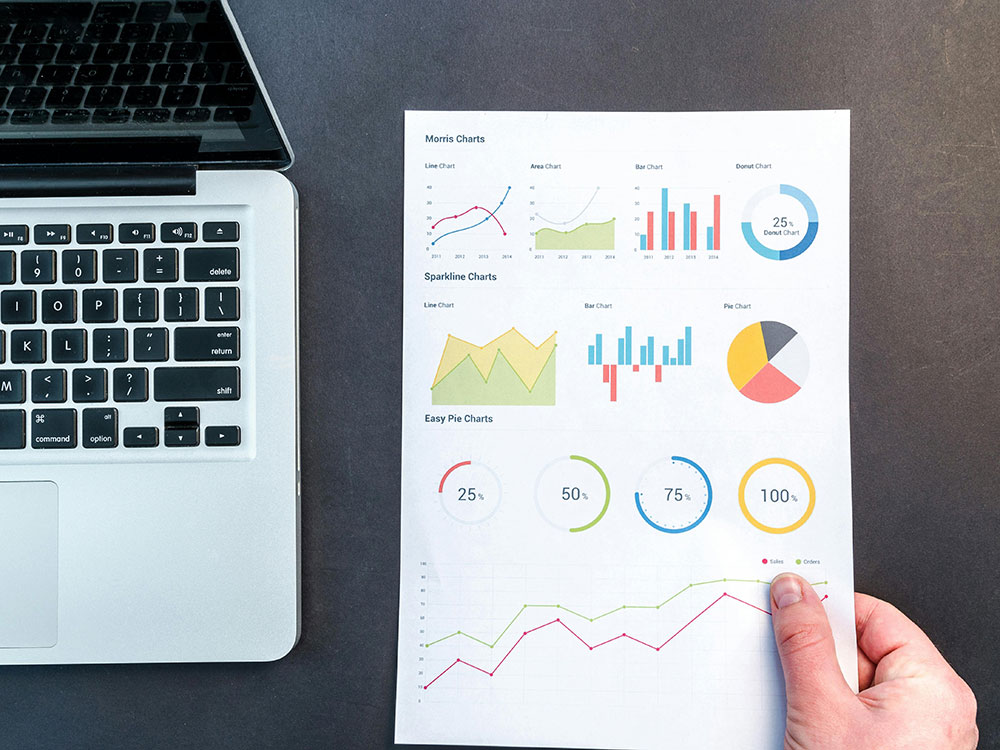
15 Mar Risk Rating Index…is about the numbers
“What gets measured…gets improved”
Using our significant database, we are now able to launch our own Risk Rating Index. This Index is created by combining the scores across a range of human risks and how they are categorised within an organisation. The Index is purely based on the data from Australian workforces and is presented as a score out of 100. The lower the score, the lower the Risk Rating Index of the organisation.
The data base draws on industries from professional services to mining and mining services. This spectrum is reflected in the current collection of Risk Rating Indexes from a super low 15 to a concerning 65. There is also over 200,000 data points being used to calculate the Risk Rating Index. The Index can also be used to track the impact of any intervention or integrated program offered to the workforce.
As more data becomes available, we will be able to further refine and categorise the Risk Rating Index to offer more insight into what organisations need to be doing to sustain their workforce and mitigate their human risk profile. We also know we can work with other elements that measure risks in a workplace.
A known core metric that also gets measured in the health & safety world is total reportable frequency rate (TRIFR). The work we have completed with a large national mining, mining services company helped reduced the TRIFR rate from 12.8 to 2.8. Whilst the TRIFR was not that high initially, it does show another benefit of measuring a metric within an integrated health, wellbeing and performance program. Measuring any element within an organisation allows management to gauge the impact of any offering made to the workforce.
Mitigating any risk in the workplace has traditionally been driven by safety, and prevention of injuries and accidents. While fully supporting such an approach, broadening the base to include the impact of human risks and how best to mitigate these risks – gives a significant bounce to the overall benefit of such an offering, the savings and ultimately ROI for the organisation.
We know that mitigating any human risk in the workforce impacts individuals, performance, the business and ultimately the community. For example – the primary killer of Australians is cardiovascular disease, and an integrated health, wellbeing and performance program can reduce this risk significantly across the workforce. Our data shows an average 36% increase in those in the low-risk category. A great result and its impact on the community is significant.
When this finding is translated to the Australian adult population and the impact of cardiovascular disease in the community, it means saving 3,173 deaths per year. It means saving 3934 deaths from stroke per year and hospital admissions would be reduced by 44,916 admissions.
If you would like to know more about the Risk Rating Index of your organisation then let’s start the conversation today.

